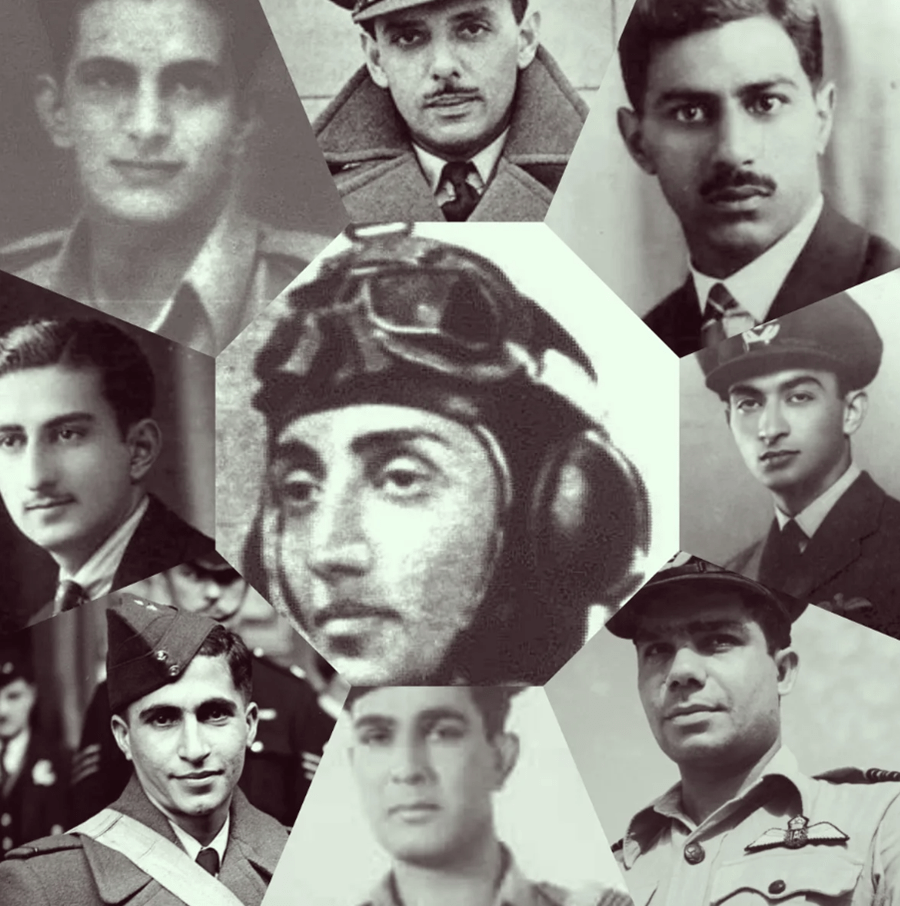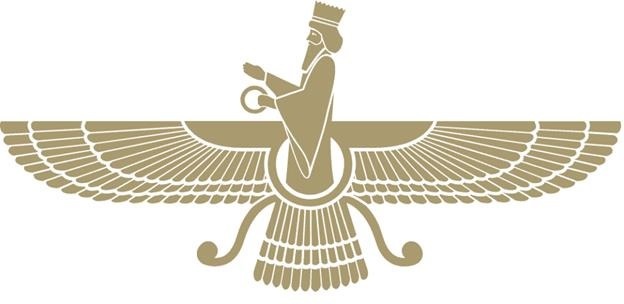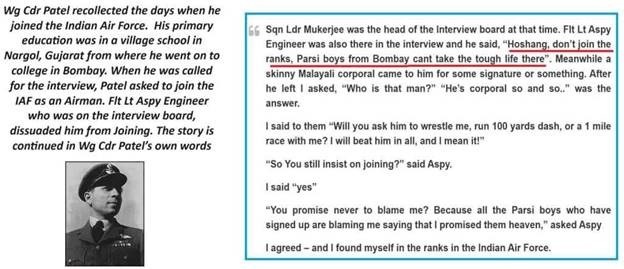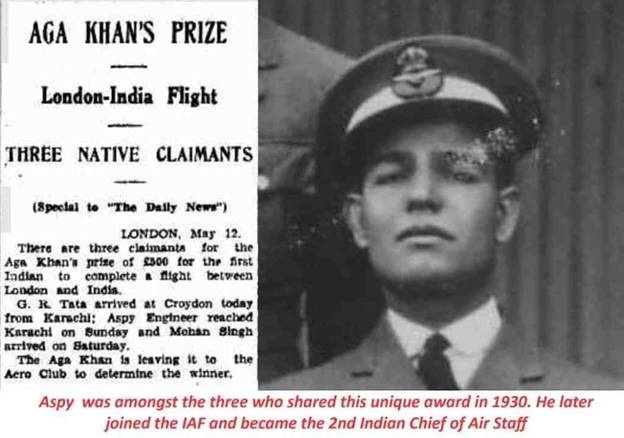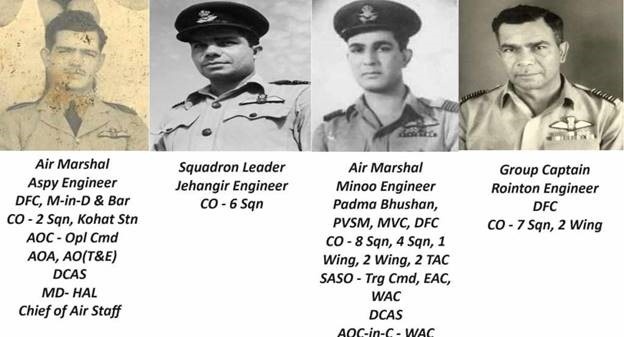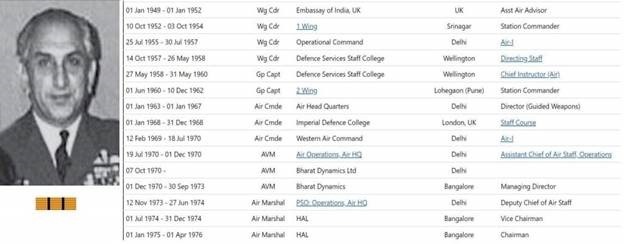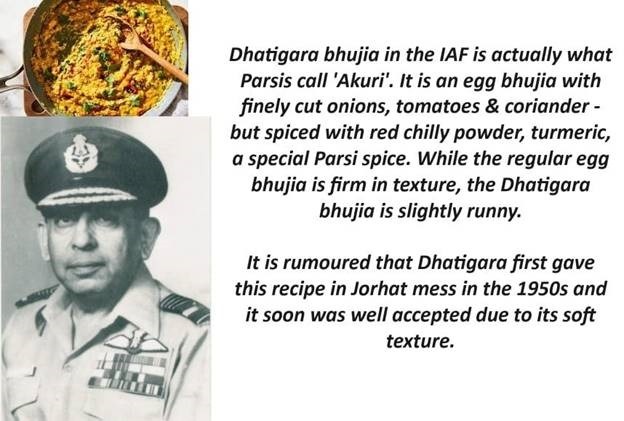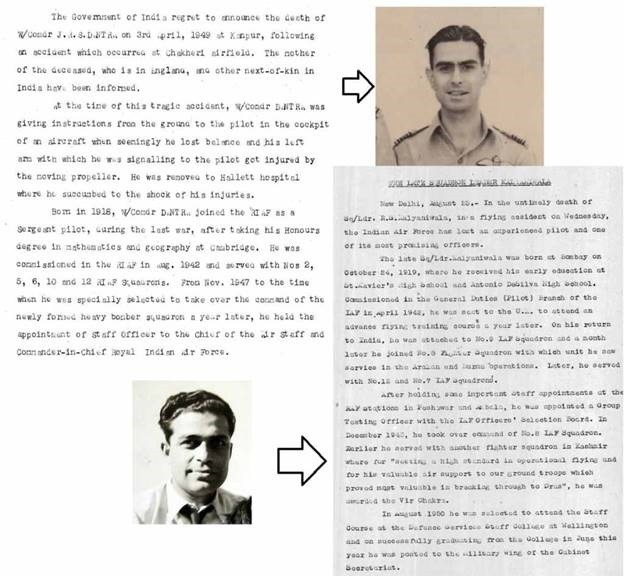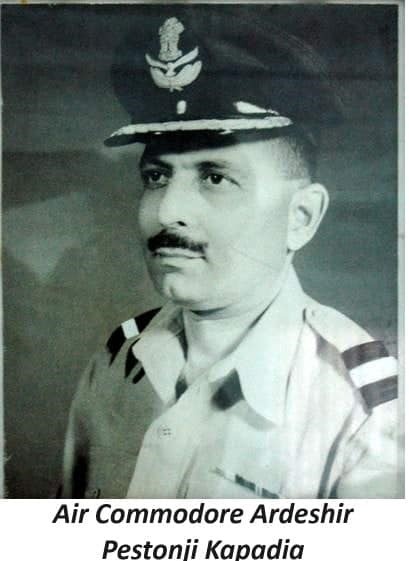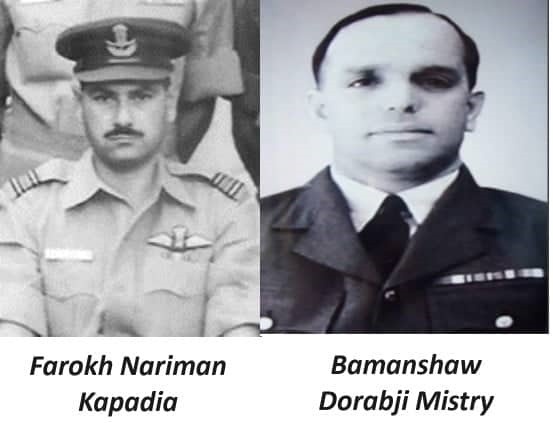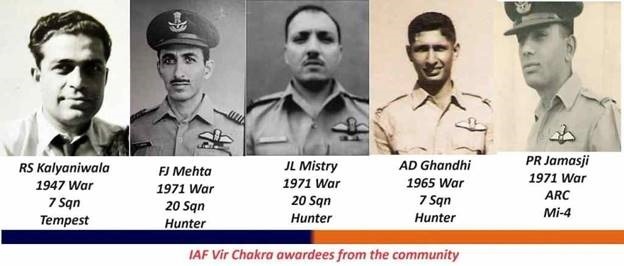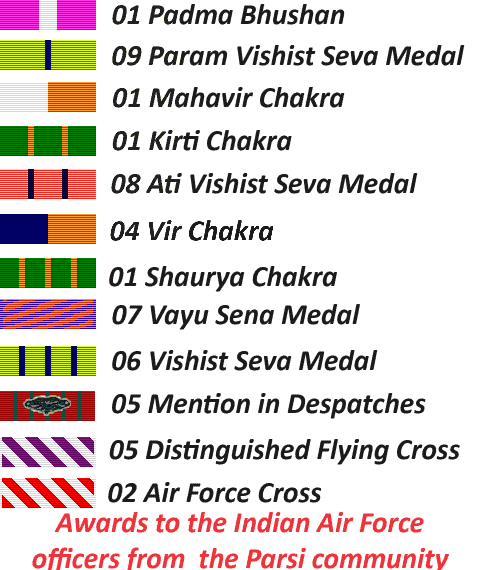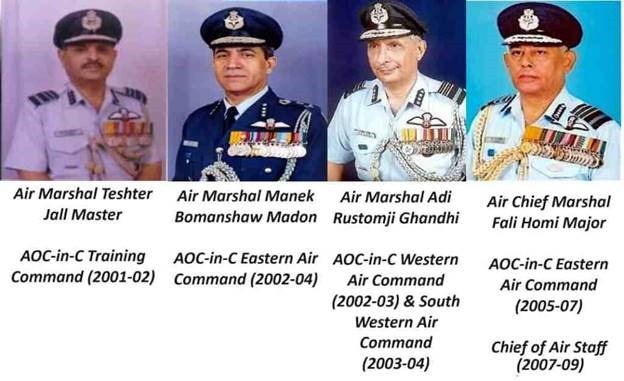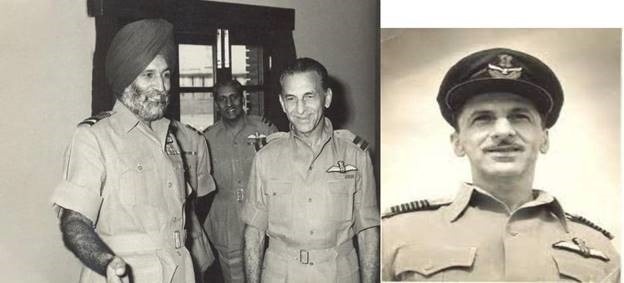Prepare to be amazed by the Parsi community’s extraordinary journey in the Indian Air Force! From soaring heights to gallant tales, their legacy is an awe-inspiring testament to the spirit of service and valor.
Today, we shine a light on a community that makes up just 0.06% of India’s population – the Parsis, known by various names like Zoroastrians or Bawas. Regardless of the name, their per capita impact on India’s growth is nothing short of remarkable, and this is equally true within the Indian Air Force. Join us as we honor and celebrate their exceptional service.
It’s almost poetic that the Parsi Faravahar symbol bears wings. While it embodies profound spiritual meaning, as an IAF historian, it’s hard not to see the striking parallels. If I’ve erred in my interpretation, I humbly seek forgiveness.
In this unique and perhaps my only thread dedicated to a specific community, I find it essential to first delve into the data. This groundwork will lay the foundation for our exploration of the remarkable luminaries that the Parsi community has gifted to the Indian Air Force.
A total of 193 Parsi officers became part of the Indian Air Force, with 92 of them enlisting before the year 1947. Over 30 Parsis joined the IAF Volunteer Reserve during World War II. What’s truly astonishing is that between 1939 and 1942, during a period of recruiting approximately 300 officers, the Parsi community’s contribution to the IAF surpassed 10%, which is an extraordinary 100-fold in comparison to their relative population size.
Out of this group, 141 courageous Parsis ventured into the IAF’s daring flying branch. Others pursued roles in ground duties, while some found their place in the medical and technical branches. In the 1940s, as the IAF underwent significant expansion, many officers adapted to the evolving needs of the force by transitioning to different branches.
Tragically, thirty-five of these brave Parsis made the ultimate sacrifice in the line of duty. This relatively high ratio can be attributed to the substantial number of Parsi pilots who found themselves in the crucible of World War II, the 1947 conflict, the 1965 war, and the 1971 war. Through it all, the Parsi community demonstrated unwavering dedication to the service of the nation.
Remarkably, nine officers from the Parsi community ascended to the ranks of Air Marshal or higher, with two of them reaching the distinguished position of Chiefs of the Air Staff. To provide context, considering that the IAF has witnessed the service of approximately 35,000 officers and produced 350 Air Marshals, the Parsi community’s contribution to senior leadership positions stands out as a testament to their remarkable impact.
As they strove for excellence, the Parsi community inadvertently shattered the colonial myth of martial race supremacy in military service. Yet, their journey was far from easy, as exemplified by the poignant anecdote from Wing Commander Hosang Patel, a humble Parsi who initially enlisted as an airman.
However, the Parsi community’s involvement wasn’t solely dedicated to work, as this anecdote illustrates. Amidst the demands and challenges of squadron life during World War II, they forged lasting bonds. Their playful spirit and camaraderie not only lifted their own morale but also had a positive impact on the entire unit during those testing times.
Participation from the Parsi community started to decline after 1947, though there was a brief resurgence in the mid-1960s. Since 1967, only 19 officers have joined the IAF, and the most recent enlistment was in 2010. Currently, only three Parsi officers remain in active service. Despite this decline, there have been some exceptional individual achievements worth noting.
At the forefront of these remarkable individuals is Aspy. In the early days of the IAF, most officers came from martial backgrounds or were enticed by the excitement of aviation. Aspy, belonging to the latter category, made history as the first Parsi to join the IAF in 1933. His journey culminated in an illustrious career that saw him rise to the prestigious position of Chief of the Air Staff.
The Merwan Engineer family stands as a singular example, with the distinction of contributing four sons to the IAF, and one to the Army, creating a truly unique record. Collectively, this family has etched its name in the annals of the IAF’s history, making significant contributions in times of both war and peace. Their valorous achievements, gallantry awards, and the prestigious appointments they held are a testament to their illustrious legacy.
Hindustan Aeronautics Limited (HAL) had the privilege of being led by two Parsi luminaries. Air Marshal Sarosh Jehangir “Dusty” Dastur served as Chairman and Managing Director in the mid-1970s, marking a remarkable era in HAL’s history. Under his leadership, HAL achieved several pivotal milestones, including the domestic production of Jaguar aircraft, the development of Kiran Mk II, the HPT-32 Deepak trainer, and the Ajeet.
Food is an integral part of any Parsi narrative, and in this story, we find Air Marshal Dhatigara leaving a unique legacy with the famous ‘Dhatigara Bhujia,’ a culinary delight cherished in messes for generations. Alongside his culinary fame, Air Marshal Dhatigara had an illustrious career, marked by his distinguished service. Notably, he was awarded the Kirti Chakra during the 1956 Naga operations and retired as the Vice Chief in 1980.
The aviation profession, known for its demands and risks, unfortunately claimed the promising careers of two young officers in the early years of India’s independence. Squadron Leader Rustom Kalyanivala, a Vir Chakra awardee and ex-commanding officer of the 7 Sqn, along with Wing Commander Jal Dantra, who led the first Heavy Bomber squadron (5 Sqn), tragically lost their lives in aviation accidents.
Ardeshir Pestonji Kapadia, a trailblazer from the Parsi community in the technical branch, made significant contributions to the IAF. During World War II, he served as the Engineering officer for the 6, 7, and 9 Sqns. His career highlights include commanding the 1 Base Repair Depot (BRD), Air Force Station (AFS) Kanpur, and serving as the Senior Maintenance Staff Officer (SMSO) at Maintenance Command (MC). In later years, Air Vice Marshal Batha held the distinction of being the most senior Parsi technocrat in the IAF.
Jemi Manekshaw, often overshadowed by his more renowned brother Sam, made significant contributions to the field of aviation medicine. He concluded his distinguished career as an Air Vice Marshal, leaving a lasting impact.
Bamanshaw Dorabji Mistry held a unique position as one of just three officers in the Legal branch of the IAF post-independence. His legal expertise was invaluable to the service.
Farokh Nariman Kapadia, hailing from the 67th Pilot Course, carved his name in history as the first officer commissioned through the NCC entry in 1956, a notable achievement within the IAF.
In keeping with the ever-evolving landscape of the IAF, the first lady officer from the Parsi community emerged in the form of Flight Lieutenant Bepsy Burjor Khursedji, who served in the medical branch from 1964 to 1969. Later, Squadron Leader Delshad Darius Master, a lady education officer, carried the torchbearer till 2014.
While numerous officers were honored with service medals, the most distinguished recognition arrived during the wars of 1947, 1965, and 1971. In particular, Minoo Engineer’s exceptional courage in the midst of the Kashmir War earned him the coveted Mahavir Chakra, a testament to his remarkable valor and dedication
As a testament to their exceptional work ethic and commitment, this group of only 193 officers collectively earned a remarkable total of 50 awards. These accolades not only celebrated their extraordinary gallantry in various military campaigns but also honored their outstanding service and dedication throughout their distinguished careers.
Group Captain Roy Burjor Kothawalla achieved a remarkable feat by bringing pride to the Parsi community. He secured a place in the exclusive A1 instructor’s list, an elite group that includes fewer than 40 IAF officers. His valuable expertise was shared through roles at the AEB, FIS, Fighter Training Wing, and Helicopter Training School, where he served as an Instructor and Examiner.
In the era beyond 2000, the Parsi community witnessed the rise of four distinguished members to the rank of Air Marshals, establishing their dominance in senior leadership within the IAF. Notably, Fali Homi Major’s ascent to the position of Chief of Air Staff in 2007 stands as a significant milestone. He holds the distinction of being the only Helicopter Pilot to achieve this honor, marking the pinnacle of the community’s success within the IAF.
No discussion of the Parsi community’s contributions to the IAF would be comprehensive without acknowledging the pivotal role played by Honorary Air Commodore JRD Tata. Over the decades, he provided multifaceted support to the IAF. While the Parsi presence within the IAF may have lessened, the enduring symbol of the Faravahar will continue to soar to new heights.
As far as my knowledge goes, the IAF does not maintain a list categorized by religion or community. The list I have compiled is based on data from Bharat-Rakshak, and it is possible that it may contain errors or omissions. For a comprehensive and detailed list, please refer to this list.

